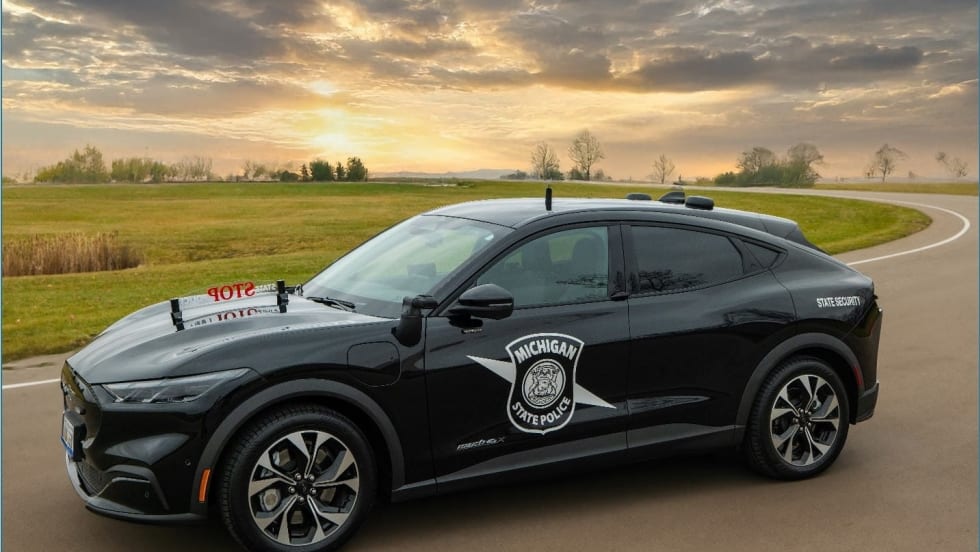Public agencies looking to reduce greenhouse gas emissions, or with mandates to purchase cleaner vehicles, usually exclude emergency response vehicles from any rules regarding fuel efficiency. With the hybrid patrol vehicle available, however, police departments may now be included in the mix.
Greening initiatives aside, the main draw of a hybrid vehicle is to reduce fuel costs. The Police Responder is projected to get an EPA-estimated 38 mpg combined (40 mpg city/36 mpg highway), which Ford says is more than double the EPA-estimated rating of 18 mpg combined for the 3.7L Police Interceptor AWD gasoline sedan. The vehicle also reduces fuel consumption at idling—it powers its electrical load using the lithium-ion hybrid battery, allowing the gas engine to run less at idling as it is used to intermittently top off the battery.
With better mpg and more fuel-efficient idling, the vehicle can save 1,550 gallons of gasoline per year, according to Ford. (Fleet managers can use an online calculator at
www.fordpoliceresponder.com
to estimate savings for their fleets.) Ford also highlighted fewer fill-ups, and hence less downtime, as an advantage for officers.
The Police Responder features a 2.0L I-4 Atkinson-cycle engine, an 88-kW electric A/C motor, and a 1.4-kW lithium-ion battery. The front-wheel-drive vehicle is based on a Fusion platform and is calibrated specifically for police use, says Tony Gratson, national government sales manager for Ford.
"When the officer goes into his pursuit, it will provide max power," Gratson says, "It's not set up like a retail vehicle. It's calibrated for police. The engines work together. There will be times when you're running gasoline and electric or electric only. And at idle, the vehicle will be able to save fuel."














